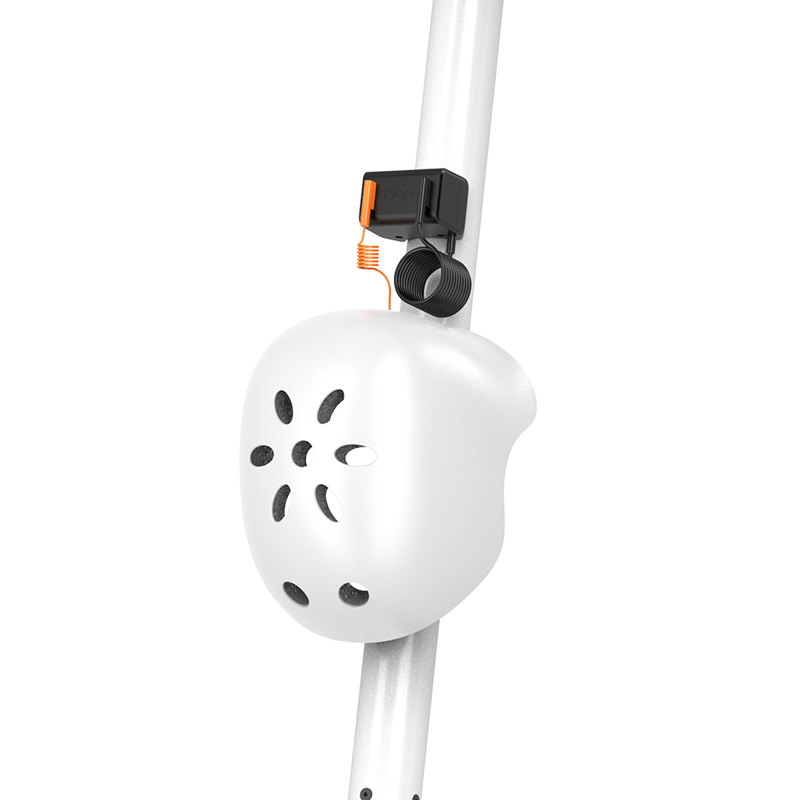Batch Job IoT Device: Revolutionizing Data Management In The Internet Of Things
The concept of batch job IoT device is becoming increasingly important as the Internet of Things (IoT) continues to evolve and expand across various industries. With millions of connected devices generating massive amounts of data, managing and processing this information efficiently has become a critical challenge. Batch job IoT device solutions offer a powerful approach to handling large-scale data processing in a structured, cost-effective manner.
Batch processing is a method of executing tasks in bulk, allowing systems to manage large datasets without requiring real-time interaction. In the context of IoT, this technique enables devices to collect, store, and transmit data in batches, optimizing resource usage and improving system performance. The growing demand for efficient data management in IoT ecosystems has made batch job IoT devices an essential component in modern technology infrastructure.
As organizations strive to harness the full potential of IoT, understanding how batch job IoT devices work and their benefits can help businesses unlock new opportunities for innovation and growth. In this article, we will explore the fundamentals of batch job IoT devices, their applications, and the best practices for implementing them in real-world scenarios.
Read also:Did Actor Dwayne Johnson Die Unveiling The Truth Behind The Rumors
Table of Contents
- Introduction to Batch Job IoT Device
- Key Components of Batch Job IoT System
- Benefits of Batch Job IoT Device
- Common Applications of Batch Job IoT
- Challenges in Implementing Batch Job IoT
- Best Practices for Batch Job IoT
- Data Management Strategies
- Security Considerations for Batch Job IoT
- Future Trends in Batch Job IoT
- Real-World Examples of Batch Job IoT
Introduction to Batch Job IoT Device
Batch job IoT devices represent a specialized category of Internet of Things devices designed to handle large volumes of data through batch processing techniques. These devices are engineered to collect, store, and transmit information in predefined intervals, making them ideal for applications where real-time data processing is not required. By leveraging batch processing, IoT devices can optimize resource utilization, reduce operational costs, and enhance overall system efficiency.
According to a report by Statista, the global IoT market is projected to reach $1.5 trillion by 2030, driven by advancements in connectivity, computing power, and data analytics. As more devices become interconnected, the need for efficient data management solutions has never been greater. Batch job IoT devices play a crucial role in addressing this challenge by enabling scalable, cost-effective data processing capabilities.
In this section, we will delve deeper into the concept of batch job IoT devices, exploring their architecture, functionality, and the key factors driving their adoption across various industries.
Key Components of Batch Job IoT System
Device Hardware
The hardware of a batch job IoT device typically includes sensors, processors, memory, and communication modules. These components work together to enable data collection, storage, and transmission. Modern IoT devices are designed to be compact, energy-efficient, and capable of operating in diverse environments.
Software Framework
The software framework of a batch job IoT system consists of firmware, middleware, and application layers. These layers facilitate data processing, communication, and integration with cloud platforms. Advanced software solutions also incorporate machine learning algorithms to enhance data analytics capabilities.
Cloud Infrastructure
Cloud infrastructure plays a vital role in batch job IoT systems by providing scalable storage and processing capabilities. Cloud platforms such as AWS IoT, Microsoft Azure IoT, and Google Cloud IoT offer robust tools for managing IoT devices and processing large datasets. These platforms enable seamless integration with enterprise systems and third-party applications.
Read also:Movie Rulz Your Ultimate Destination For Streaming Movies
Benefits of Batch Job IoT Device
Batch job IoT devices offer several advantages over traditional real-time data processing systems. Some of the key benefits include:
- Improved resource utilization by processing data in batches rather than continuously.
- Reduced operational costs due to lower power consumption and network bandwidth requirements.
- Enhanced system reliability through error recovery mechanisms and fault tolerance features.
- Scalability to accommodate growing data volumes and device populations.
These benefits make batch job IoT devices an attractive option for organizations seeking to optimize their IoT infrastructure and improve overall operational efficiency.
Common Applications of Batch Job IoT
Smart Agriculture
In smart agriculture, batch job IoT devices are used to monitor environmental conditions such as temperature, humidity, and soil moisture. By collecting and analyzing this data in batches, farmers can make informed decisions about crop management, irrigation, and pest control.
Industrial Automation
Batch job IoT devices are widely used in industrial automation to monitor equipment performance, predict maintenance needs, and optimize production processes. These devices enable manufacturers to improve efficiency, reduce downtime, and enhance product quality.
Supply Chain Management
In supply chain management, batch job IoT devices track inventory levels, monitor shipping conditions, and provide real-time updates on logistics operations. By processing data in batches, these devices help organizations streamline their supply chain processes and reduce costs.
Challenges in Implementing Batch Job IoT
Despite their numerous advantages, implementing batch job IoT devices can present several challenges. Some of the key challenges include:
- Data latency issues arising from delayed processing of information.
- Security risks associated with storing and transmitting large volumes of sensitive data.
- Interoperability challenges when integrating with existing systems and devices.
To overcome these challenges, organizations must carefully plan their IoT infrastructure, select appropriate technologies, and implement robust security measures.
Best Practices for Batch Job IoT
To maximize the benefits of batch job IoT devices, organizations should follow these best practices:
- Define clear objectives and use cases for batch job IoT implementation.
- Select appropriate hardware and software solutions based on specific requirements.
- Implement robust security protocols to protect sensitive data and prevent unauthorized access.
- Monitor system performance regularly and optimize configurations as needed.
By adhering to these best practices, organizations can ensure the successful deployment and operation of batch job IoT devices in their IoT ecosystems.
Data Management Strategies
Effective data management is critical to the success of batch job IoT systems. Organizations should adopt the following strategies:
- Implement data compression techniques to reduce storage requirements and improve transmission efficiency.
- Utilize data partitioning to organize information into manageable chunks for processing.
- Employ data deduplication methods to eliminate redundant information and optimize storage usage.
These strategies help organizations manage large datasets efficiently, ensuring that batch job IoT devices operate at peak performance.
Security Considerations for Batch Job IoT
Security is a critical concern in batch job IoT systems, given the sensitive nature of the data being processed. Organizations should consider the following security measures:
- Encrypt data both in transit and at rest to protect against unauthorized access.
- Implement strong authentication mechanisms to ensure only authorized users can access the system.
- Regularly update firmware and software to address security vulnerabilities and patch exploits.
By prioritizing security, organizations can safeguard their batch job IoT systems and maintain the trust of their stakeholders.
Future Trends in Batch Job IoT
The future of batch job IoT devices looks promising, with several emerging trends expected to shape the market. These trends include:
- Increased adoption of edge computing to enhance data processing capabilities.
- Integration of artificial intelligence and machine learning to improve analytics and decision-making.
- Development of more energy-efficient devices to reduce environmental impact.
As these trends unfold, batch job IoT devices will continue to evolve, offering even greater value to organizations across various industries.
Real-World Examples of Batch Job IoT
Several organizations have successfully implemented batch job IoT solutions to address their specific needs. For example:
- Agricultural company John Deere uses batch job IoT devices to monitor crop health and optimize farming operations.
- Manufacturing giant Siemens employs batch job IoT systems to predict equipment failures and schedule maintenance activities.
- Logistics provider DHL leverages batch job IoT devices to track shipments and improve delivery efficiency.
These real-world examples demonstrate the versatility and effectiveness of batch job IoT devices in solving complex business challenges.
Conclusion
Batch job IoT devices represent a powerful solution for managing large-scale data processing in IoT ecosystems. By understanding their architecture, functionality, and applications, organizations can harness the full potential of these devices to drive innovation and growth. To implement batch job IoT systems successfully, it is essential to follow best practices, adopt effective data management strategies, and prioritize security.
We invite you to share your thoughts and experiences with batch job IoT devices in the comments section below. Additionally, feel free to explore other articles on our website for more insights into the world of IoT and emerging technologies.
Article Recommendations


